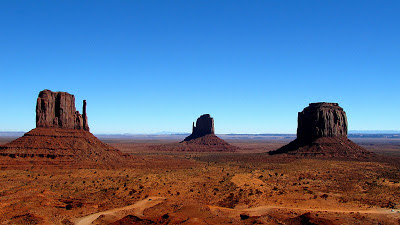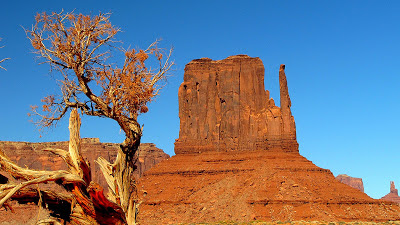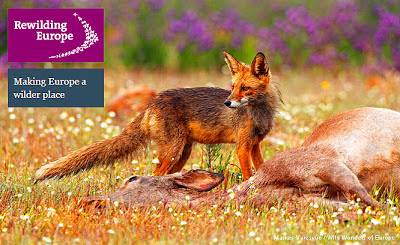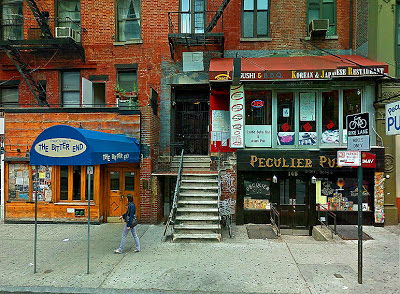At the end of each year it has become the fashion
for movie critics to list their top ten best
movies of the year, and to also rate their top ten worst films of the year. It says something about August: Osage County, that the film has probably
made it on to as many best lists as it has on to lists of the worst films.
I think I can understand why. This is not a film
that you can ‘enjoy’ in the accepted sense of the word. Watching the dysfunctional
family at the centre of August: Osage
County, implode in spectacular fashion is not fun – even though the film is
classed as a comedy/drama. As family secrets are painfully revealed during the
course of the film, characters are sucked deeper and deeper in a mire of their
own making.
Meryl Streep heads an ensemble cast that also features Julia Roberts,
Dermot Mulroney, Chris Cooper, Juliette Lewis, Benedict Cumberbatch and several
others in this film adaptation of the Tracy Letts Pulitzer Prize winning stage
show. Letts also wrote the screenplay for the movie.
A digression. Many years ago, when I was fantasizing
about being a writer, I used to buy a magazine for aspiring writers called appropriately
enough, The Writer. Of the hundreds
of articles I read in the magazine over a period of several years, only one has
stuck in my mind, and of that article only the general theme remains with me. The
article was headed, Where’s The Magic? The
author of that piece, whose name of course I’ve long forgotten, suggested that
every piece of writing had to have at least one moment of ‘magic’ in it. Not the
abracadabra kind of magic, but the kind that would make a scene, or piece of
dialogue, or action sequence really jump off the page. It was, and still remains
great advice that can be applied across a wide range of artistic and creative endeavours.
August:
Osage County, has magic by the truck load. And most of
it is delivered by Meryl Streep. There are moments in the film when you watch
Streep in action and you say to yourself, “There goes the Oscar for Best
Actress again!”
A brief synopsis (minus spoilers) courtesy of
Wikipedia follows:
Sisters Barbara, Karen,
and Ivy Weston (Julia Roberts, Juliette Lewis, and Julianne Nicholson) are
called back home when their father, Beverly Weston (Sam Shepard), goes missing.
They have kept their distance from their mother Violet (Meryl Streep) because
she has become addicted to pills and loaded up on prescriptions after getting
mouth cancer. The entire family gather for an awkward dinner, led by the high
and brutally honest Violet. Barbara, the favourite daughter, hunts down all of
Violet's pills and gets rid of them in an attempt to force her to sober up.
Eventually, we learn of the sisters' back-stories…
 |
| The pivotal dinner scene is about to get underway |
We also earn much about the lives of the other
characters, and it is during these revealing moments that the real action takes
place and the magic happens. As we have come to expect, Meryl Street is on top
of her game as the matriarch who wields such profound power and influence over
her brood, and other extended family members. Julia Roberts has never been
better as the only person who seems able to push back against her mother’s “truth
telling” and controlling behaviour.
Not all the members of this large cast get a chance
to shine in the film. Ewan McGregor, Dermot Mulroney, and Benedict Cumberbach
have small but important roles, but are overshadowed by the numerous female
performances. In fact, the females in August:
Osage County, pretty much steal the show.
By the way, is Tracy Letts
working some type of ‘in joke’ on us here? While most people would consider
Tracy to be a female name, Letts is a male writer, and I find it interesting
that one of the male characters in the film also sports what many would consider
to be a ‘female’ name, Beverly. I can find no reason to prove Letts is trying
to slip one past us, but the thought has occurred to me. But I digress, again.
August:
Osage County, was (mostly) filmed in Bartlesville and
Pawhuska, Oklahoma, and the backdrops utilizing wide open plains and small town
locations, add to the sense of isolation and alienation the characters in the
film are experiencing.
If you haven’t seen it yet, check out the trailer
for the movie.














































